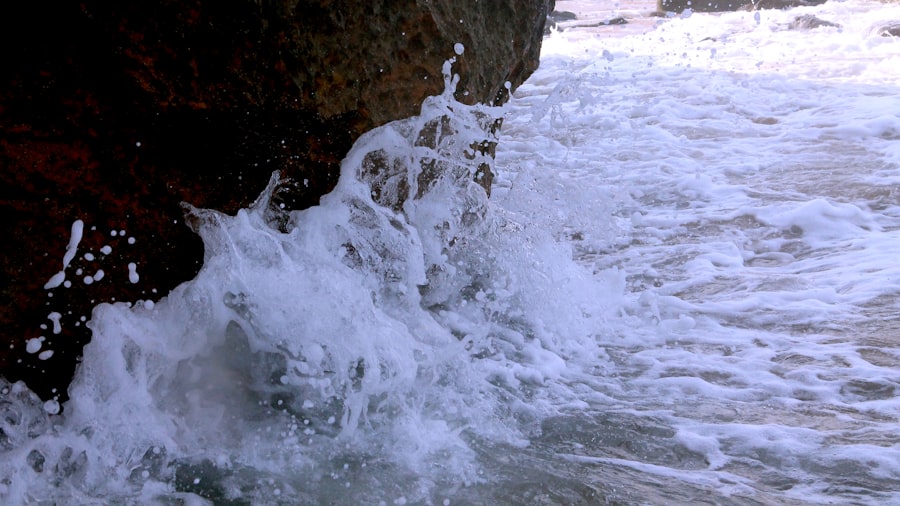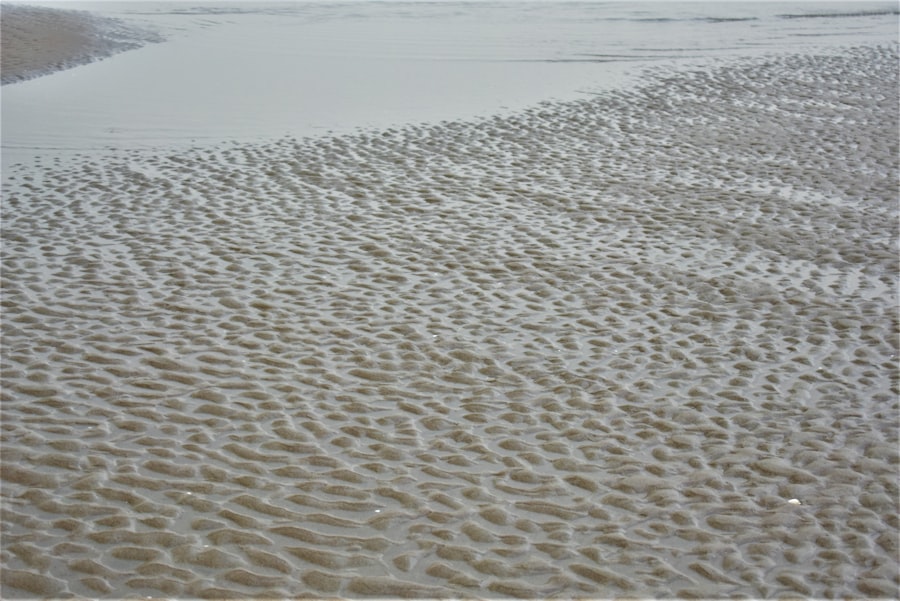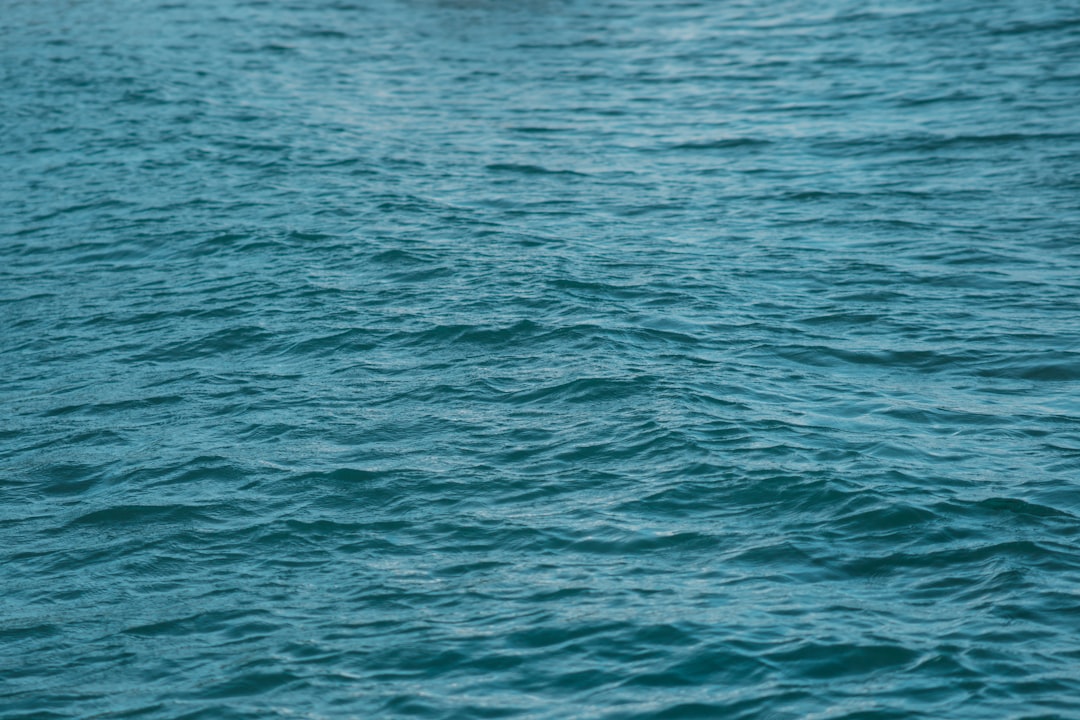The Drake Passage, a body of water situated between the southern tip of South America and Antarctica, is renowned for its tumultuous seas and unpredictable weather patterns. This narrow stretch of ocean, measuring approximately 800 kilometers in width, serves as a critical conduit for maritime traffic between the Atlantic and Pacific Oceans. Its significance extends beyond mere geography; it is a vital area for marine biodiversity and plays a crucial role in global oceanic circulation.
The passage is often characterized by its strong currents, particularly the Antarctic Circumpolar Current, which flows unimpeded around the continent of Antarctica, creating a unique and challenging environment for navigators. Navigating the Drake Passage requires a deep understanding of its complex hydrodynamics and meteorological conditions. The interplay between the cold waters of the Southern Ocean and the warmer currents from the north creates a dynamic ecosystem that can shift rapidly.
Mariners must be acutely aware of these changes, as they can significantly impact navigation strategies. The passage is notorious for its rough seas, with waves that can reach heights of over 10 meters during storms. This unpredictability necessitates thorough preparation and a keen awareness of both tidal and weather conditions to ensure safe passage.
Key Takeaways
- The Drake Passage is a narrow stretch of water between South America’s Cape Horn and the South Shetland Islands of Antarctica, known for its strong and unpredictable tidal currents.
- Tides can have a significant impact on navigation in the Drake Passage, affecting the speed and direction of the currents, as well as the depth of the water.
- Planning for tidal conditions in the Drake Passage is essential for safe navigation, including understanding tidal patterns, timing of high and low tides, and potential hazards.
- Navigational tools such as tide tables, tidal stream atlases, and electronic chart plotters are important for dealing with tides and making informed decisions while navigating tidal waters.
- Safety precautions for navigating tidal waters in the Drake Passage include maintaining a safe speed, staying alert for changing conditions, and having a contingency plan in case of unexpected tidal challenges.
The Impact of Tides on Navigation
Tides play a pivotal role in maritime navigation, particularly in challenging environments like the Drake Passage. The gravitational pull of the moon and sun generates tidal movements that can alter water levels and currents significantly. In the Drake Passage, these tidal fluctuations can create powerful currents that affect vessel speed and maneuverability.
Understanding the timing and magnitude of these tides is essential for mariners seeking to navigate this treacherous waterway effectively. The impact of tides on navigation extends beyond mere water levels; they can also influence weather patterns and sea conditions. For instance, during high tide, the influx of water can lead to increased wave activity, while low tide may expose underwater hazards that could pose risks to vessels.
Mariners must be adept at interpreting tidal charts and forecasts to anticipate these changes and adjust their navigation strategies accordingly. Failure to account for tidal influences can result in dangerous situations, including grounding or capsizing in turbulent waters.
Planning for Tidal Conditions

Effective planning for tidal conditions is crucial for successful navigation through the Drake Passage. Mariners must begin by consulting detailed tidal charts that provide information on expected tide heights and timings. These charts are essential tools that allow navigators to predict when to enter or exit certain areas, ensuring they take advantage of favorable tidal conditions.
Additionally, understanding local tidal patterns can help mariners avoid areas where strong currents may pose a threat to their vessels. Incorporating tidal information into a broader navigational strategy involves more than just timing; it also requires an understanding of how tides interact with other environmental factors. For example, wind direction and speed can exacerbate or mitigate tidal effects, creating complex scenarios that demand careful consideration.
Mariners should also be aware of seasonal variations in tidal behavior, as these can influence their planning throughout the year. By taking a comprehensive approach to tidal navigation, mariners can enhance their safety and efficiency while traversing the Drake Passage.
Navigational Tools for Dealing with Tides
| Tool | Description | Pros | Cons |
|---|---|---|---|
| Tide Charts | Printed or digital charts showing predicted tide levels for specific locations and times. | Easy to use, provide accurate predictions. | May require frequent updates, not always available for remote locations. |
| Tide Tables | Tabular format showing daily high and low tide times and levels for a specific location. | Easy to read, provide detailed information. | May be difficult to interpret for beginners. |
| Tide Clocks | Specialized clocks that display the current state of the tide. | Provide real-time information, no need for calculations. | May be expensive, limited to specific locations. |
Navigating the Drake Passage effectively requires a suite of specialized tools designed to assist mariners in managing tidal conditions.
These tables are often published by national hydrographic offices and are updated regularly to reflect changes in tidal patterns due to astronomical influences.
In addition to tide tables, modern navigational technology has introduced sophisticated tools such as GPS systems and electronic charting software. These technologies allow mariners to track their position in real-time while overlaying tidal information onto their navigational charts. This integration enables them to make informed decisions about their course and speed based on current tidal conditions.
Furthermore, radar systems can help identify nearby vessels and obstacles, enhancing situational awareness in the often-chaotic waters of the Drake Passage.
Safety Precautions for Navigating Tidal Waters
Safety is paramount when navigating tidal waters, especially in regions as unpredictable as the Drake Passage. Mariners must prioritize thorough preparation before embarking on their journey. This includes conducting pre-voyage checks on all safety equipment, ensuring that life jackets, flares, and emergency beacons are readily available and functional.
Additionally, having a well-stocked first aid kit on board is essential for addressing any potential medical emergencies that may arise during the voyage. Another critical safety precaution involves maintaining clear communication with other vessels operating in the area. Utilizing VHF radios to stay informed about weather updates and potential hazards can significantly enhance safety during navigation.
Mariners should also establish a clear plan for emergency situations, including designated roles for crew members and predetermined routes for evacuation if necessary. By fostering a culture of safety awareness among all crew members, mariners can mitigate risks associated with navigating tidal waters.
Strategies for Maneuvering Through Tidal Currents

Successfully maneuvering through tidal currents in the Drake Passage requires a combination of skill, experience, and strategic planning. One effective strategy involves timing vessel movements to coincide with favorable currents. By understanding when tides are rising or falling, mariners can optimize their speed and direction to take advantage of natural forces working in their favor.
This approach not only conserves fuel but also enhances overall efficiency during transit. Another important strategy is to maintain a flexible approach to navigation. Conditions in the Drake Passage can change rapidly due to shifting tides and weather patterns, necessitating quick adjustments to course and speed.
Experienced mariners often develop an intuitive sense of how their vessel responds to different tidal conditions, allowing them to make real-time decisions that enhance safety and performance. Additionally, practicing good seamanship—such as maintaining a safe distance from other vessels and avoiding shallow areas during low tide—can further improve maneuverability in challenging currents.
Identifying Tidal Patterns in the Drake Passage
Identifying tidal patterns in the Drake Passage is essential for effective navigation. Mariners must familiarize themselves with local tidal cycles, which typically follow a semi-diurnal pattern characterized by two high tides and two low tides each day. However, variations can occur due to geographical features and atmospheric conditions that influence water movement.
Understanding these nuances allows mariners to anticipate changes in current strength and direction throughout their journey. To accurately identify tidal patterns, mariners often rely on historical data collected from previous voyages as well as real-time observations during their transit. This information can be invaluable for predicting how tides will behave under specific weather conditions or during particular times of year.
By combining empirical data with modern forecasting techniques, navigators can develop a comprehensive understanding of tidal behavior in the Drake Passage, ultimately enhancing their ability to navigate safely through this challenging environment.
The Role of Weather in Tidal Navigation
Weather plays a significant role in tidal navigation within the Drake Passage, influencing both tidal behavior and sea conditions. Wind patterns can exacerbate or diminish tidal effects, creating complex interactions that mariners must navigate carefully. For instance, strong winds blowing against an outgoing tide can lead to steep waves and hazardous conditions, while winds aligned with incoming tides may create smoother sailing experiences.
Mariners must stay vigilant regarding weather forecasts before and during their journey through the Drake Passage. Utilizing satellite imagery and meteorological reports can provide valuable insights into approaching storms or shifts in wind patterns that could impact navigation strategies. Additionally, understanding how weather systems interact with local topography can help mariners anticipate potential hazards associated with changing tides and currents.
Tips for Navigating Tides in the Drake Passage
Navigating tides in the Drake Passage requires careful consideration and strategic planning.
Additionally, keeping an eye on local weather forecasts can help identify potential challenges posed by wind or storms that may affect tidal behavior.
Another important tip is to maintain open lines of communication with other vessels operating in the area. Sharing information about current conditions or potential hazards can enhance safety for all mariners navigating through this challenging waterway. Furthermore, practicing good seamanship—such as maintaining appropriate speeds during strong currents—can significantly reduce risks associated with navigating tides in the Drake Passage.
Case Studies of Successful Tidal Navigation
Examining case studies of successful tidal navigation through the Drake Passage provides valuable insights into effective strategies employed by experienced mariners. One notable example involves a research vessel conducting scientific studies in Antarctic waters who successfully navigated through challenging tidal conditions by meticulously planning their route based on real-time tide data and weather forecasts. By timing their entry into critical areas during favorable tides, they were able to minimize fuel consumption while ensuring safe passage through turbulent waters.
Another case study highlights a commercial fishing vessel that encountered unexpected strong currents while transiting the Drake Passage. The crew’s ability to adapt quickly by adjusting their course based on real-time observations allowed them to navigate safely through treacherous waters without incident. These examples underscore the importance of preparation, flexibility, and situational awareness when navigating tides in this challenging environment.
Resources for Further Learning about Tidal Navigation in the Drake Passage
For those seeking to deepen their understanding of tidal navigation in the Drake Passage, numerous resources are available to enhance knowledge and skills. National hydrographic offices often publish detailed tide tables and navigational guides specific to this region, providing essential information for mariners planning voyages through these waters. Additionally, online platforms offer access to interactive charts and real-time data that can aid navigators in making informed decisions based on current conditions.
Educational institutions also provide courses focused on maritime navigation that cover topics such as tides, currents, and weather patterns specific to challenging environments like the Drake Passage. Engaging with experienced mariners through forums or workshops can further enrich one’s understanding of practical strategies employed in real-world scenarios. By leveraging these resources, aspiring navigators can equip themselves with the knowledge necessary for safe and effective navigation through one of the world’s most formidable maritime passages.
The Drake Passage, a crucial waterway connecting the Atlantic and Pacific Oceans, is known for its strong tides and challenging navigation conditions. For those interested in exploring more about the geographical significance and the dynamic oceanographic features of this region, a related article can be found on MyGeoQuest. This article delves into the intricate details of the Drake Passage’s tides and their impact on global ocean circulation. To read more about this fascinating topic, visit the article on MyGeoQuest.
WATCH NOW! Drake Passage: Earth’s Deadliest Waters Revealed
FAQs
What are tides in the Drake Passage?
Tides in the Drake Passage are the rise and fall of sea levels caused by the gravitational pull of the moon and the sun. The passage experiences some of the strongest tidal currents in the world.
How do tides affect the Drake Passage?
Tides in the Drake Passage create strong and unpredictable currents, which can make navigation challenging for ships and vessels passing through the area.
Are there specific tidal patterns in the Drake Passage?
The tidal patterns in the Drake Passage are complex and can vary depending on the specific location within the passage. Tides can be influenced by factors such as the shape of the coastline and the underwater topography.
What is the significance of tides in the Drake Passage?
The strong tidal currents in the Drake Passage play a crucial role in the mixing of ocean waters, which has a significant impact on global ocean circulation and climate patterns.
Are there any safety concerns related to tides in the Drake Passage?
Due to the strong tidal currents, ships and vessels navigating the Drake Passage need to be aware of the tidal patterns and plan their routes accordingly to ensure safe passage.
